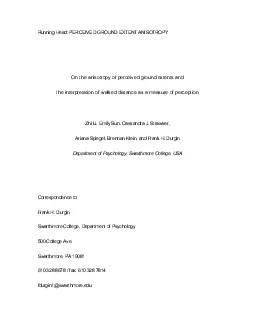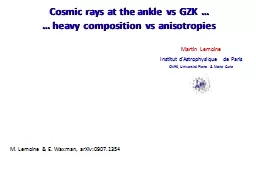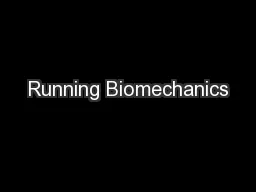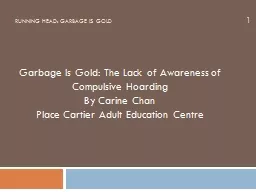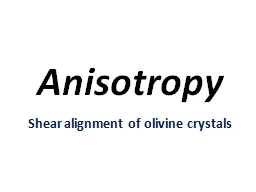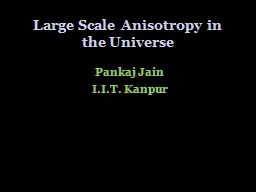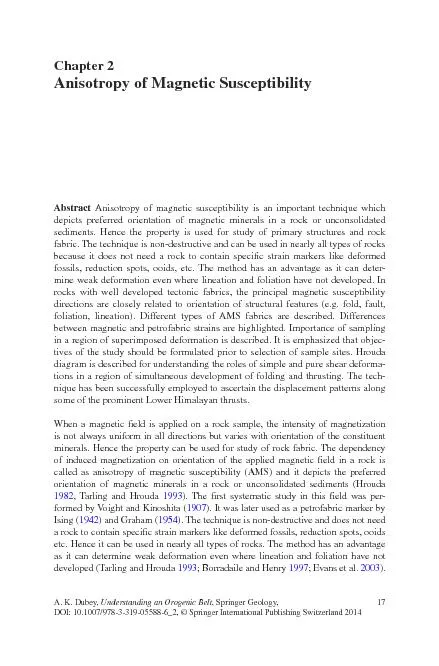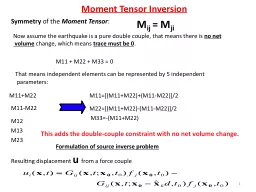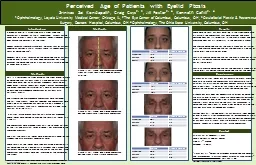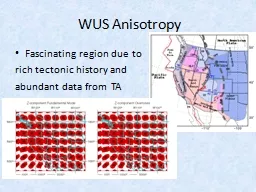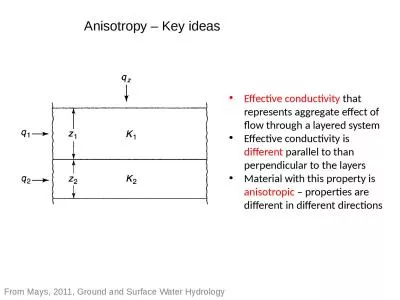PDF-Running Head PERCEIVED GROUND EXTENT ANISOTROPY On the anisotropy of
Author : adia | Published Date : 2021-09-26
nments outdoor environments and virtual environments In Experiment 1 it was found that depth extents of up to 7 m are indeed perceptually compressed relative to
Presentation Embed Code
Download Presentation
Download Presentation The PPT/PDF document "Running Head PERCEIVED GROUND EXTENT ANI..." is the property of its rightful owner. Permission is granted to download and print the materials on this website for personal, non-commercial use only, and to display it on your personal computer provided you do not modify the materials and that you retain all copyright notices contained in the materials. By downloading content from our website, you accept the terms of this agreement.
Running Head PERCEIVED GROUND EXTENT ANISOTROPY On the anisotropy of: Transcript
Download Rules Of Document
"Running Head PERCEIVED GROUND EXTENT ANISOTROPY On the anisotropy of"The content belongs to its owner. You may download and print it for personal use, without modification, and keep all copyright notices. By downloading, you agree to these terms.
Related Documents

